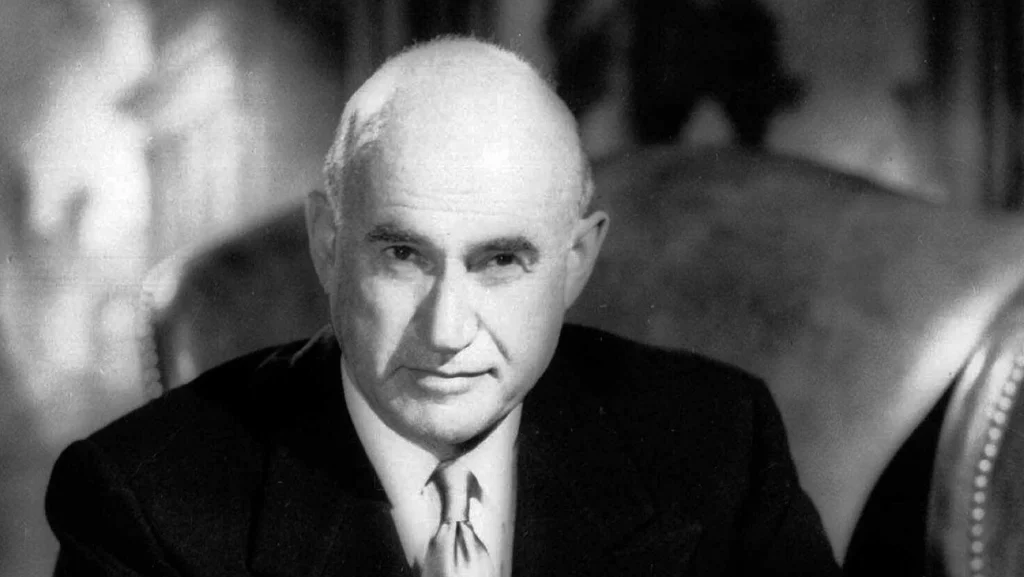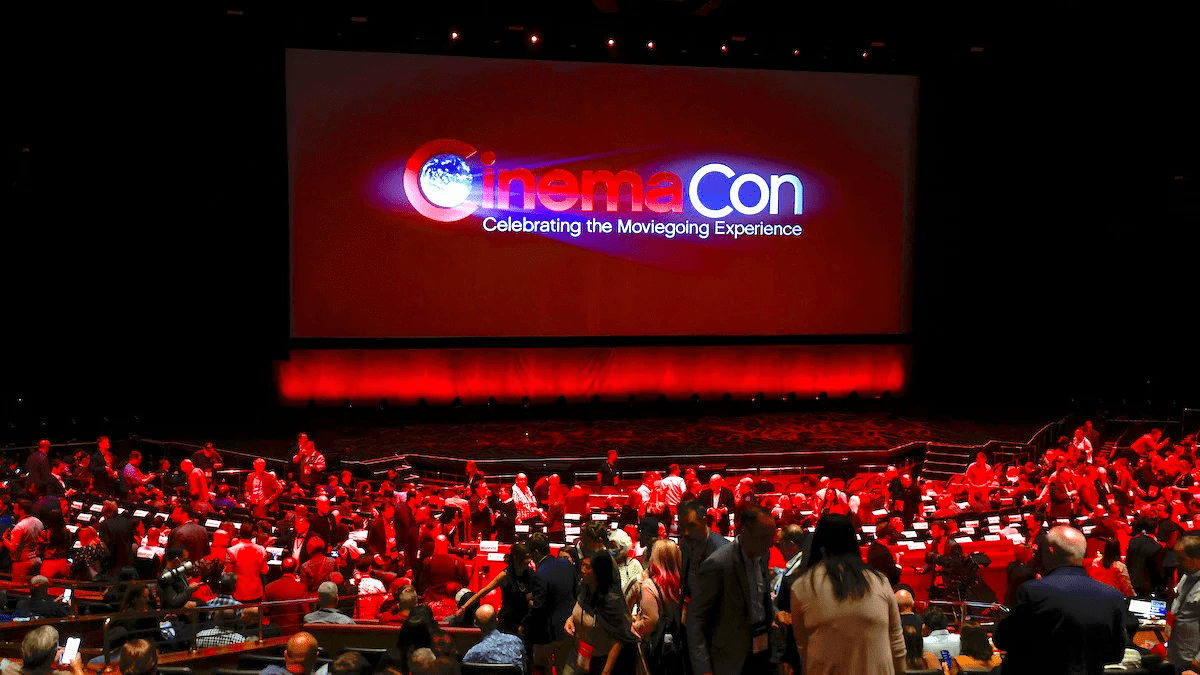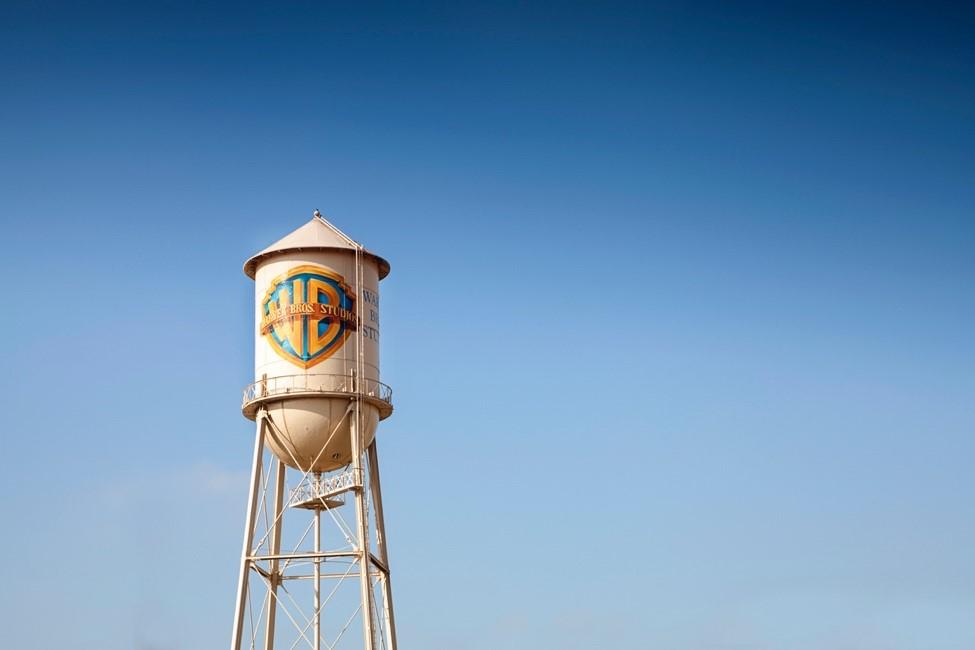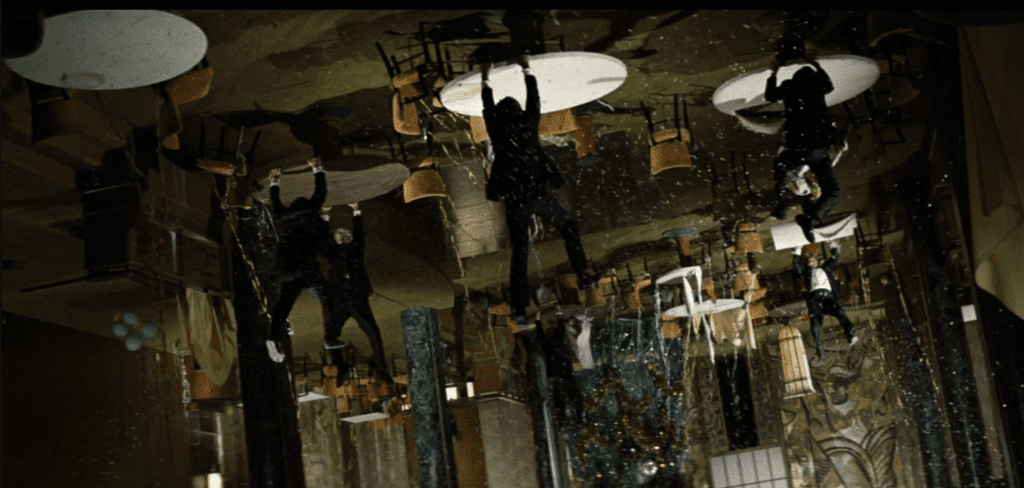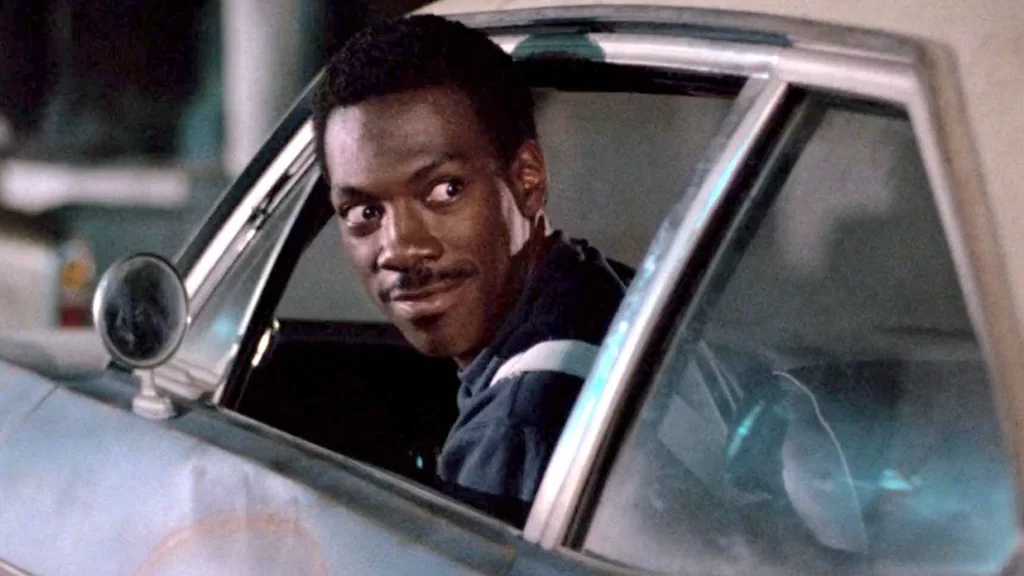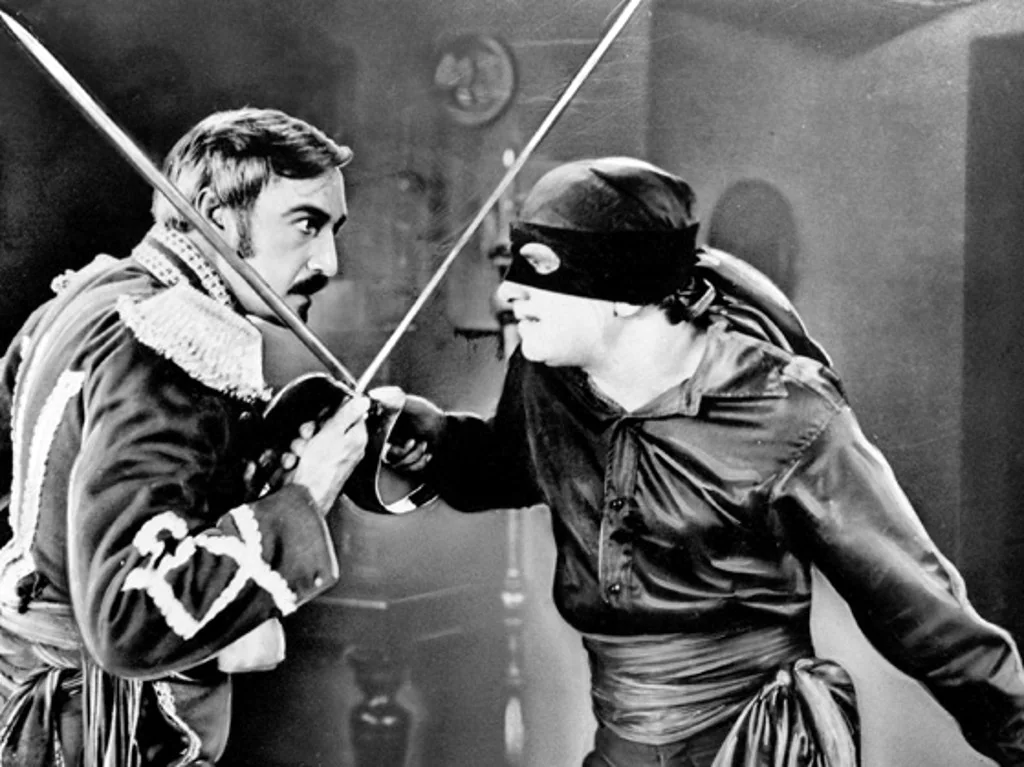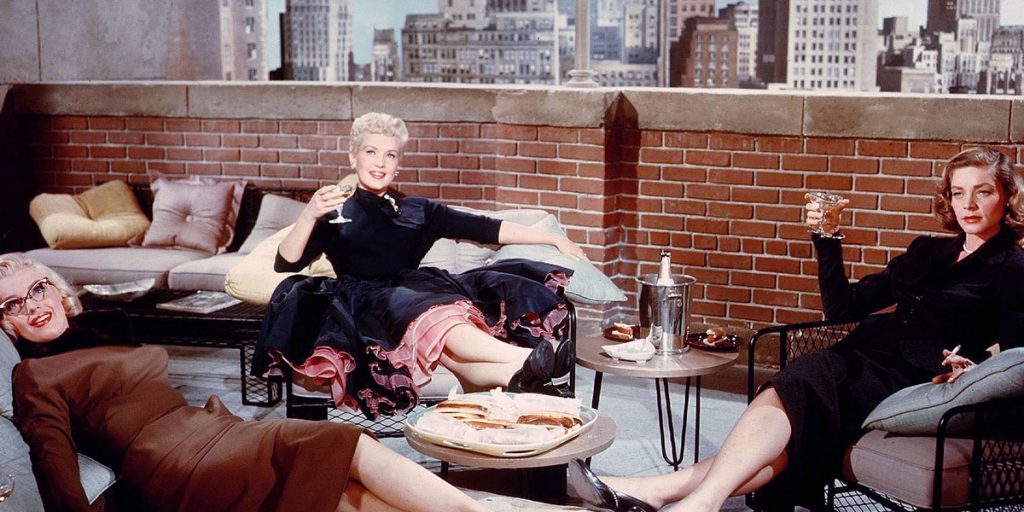Goldwyn Pictures, which was founded on Nov. 19, 1916, was not named after Sam Goldwyn. Actually, it was Sam who later named himself after the company.
The Goldwyn partners were Broadway producers Edgar & Archibald Selwyn and movie pioneer Samuel Goldfish, who had helped launch a production company that evolved into Paramount Pictures. Goldfish, a former glove salesman, founded The Jesse L. Lasky Feature Play Company in 1913 with Lasky, his brother-in-law then, and Cecil B. DeMille, a young would-be film writer & director. Their movie, THE SQUAW MAN, began shooting on Dec. 29, 1913 and was the first feature film made in Hollywood.
SQUAW’s success made Lasky an important studio in the fledgling movie business. It merged in June 1916 with Adolph Zukor’s production company to form Famous Players-Lasky. Zukor got control of Paramount, which distributed his and Lasky’s movies, just before merging with Lasky. In their new venture, Zukor was president, Lasky ran production as first vice president and Goldfish was chairman.
Sam, however, had a lifelong habit of being a very difficult partner. Before long Zukor told Lasky they either got rid of Goldfish or Zukor would leave. That was a no-brainer. Goldfish resigned in Sept. 1916. Soon afterwards, Sam partnered with the Selwyns, whose Broadway connections meant access to plays and stars. Had fate not intervened, there would have only been one Selwyn to work with since in April 1912 Edgar and his wife had tickets to sail to New York from England on the RMS Titanic. Luckily, they cancelled to attend a play reading in Paris.
The partners needed a name for their new venture and chose Goldwyn, an amalgamation of their last names. For years, Hollywood cynics insisted the other combination, Selfish Pictures, would have been much better. Goldfish later realized there would be value in legally changing his name to Samuel Goldwyn, which he did in December 1918. Afterwards, people thought the company was Sam’s since it bore only his name.
Before long, the Goldwyn assets included acting & directing talent under contract, a growling lion logo and a 46-acre state-of-the-art studio in Culver City, Calif. that they’d purchased in 1918. What Goldwyn didn’t have after 1922, however, was Sam, who’d had a falling out with the Selwyns. He was gone way before theatre magnate Marcus Loew formed MGM in April 1924 by merging his Metro Pictures with Goldwyn Pictures for $4.7 million, and then bringing in Louis B. Mayer to run it by acquiring his small studio for another $76,500.
People always thought Sam was the G in MGM. But Sam had the last laugh since Loew paid him $600,000 for the Goldwyn shares that he’d held onto for the past two years.

